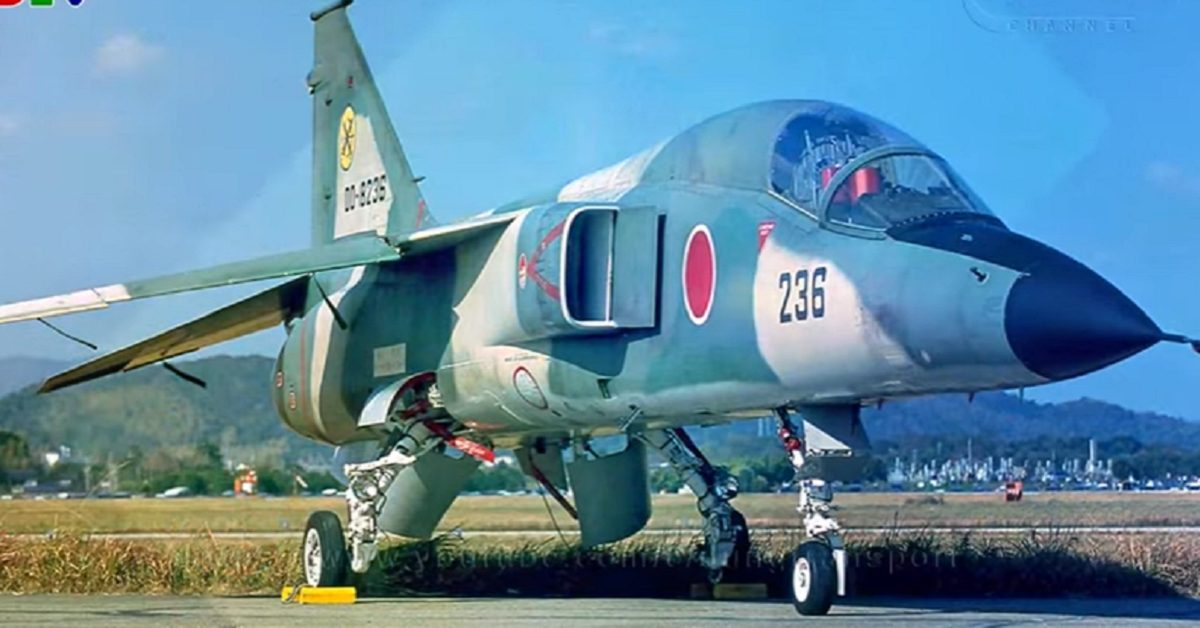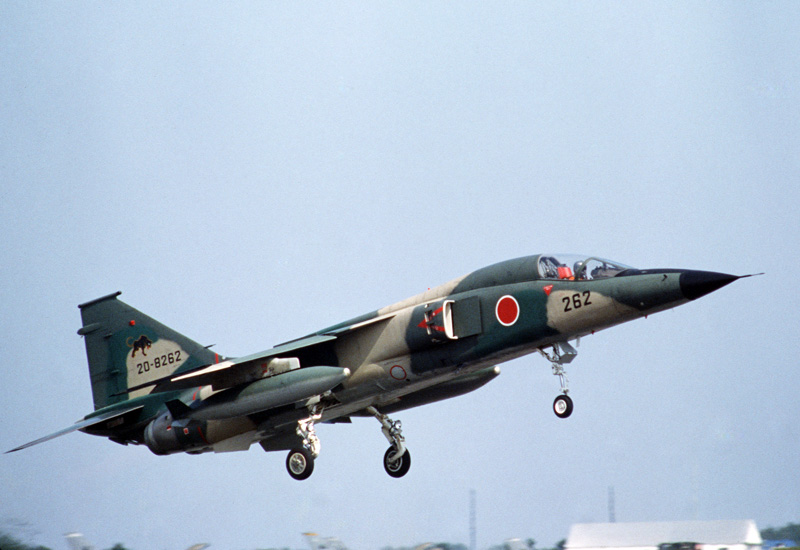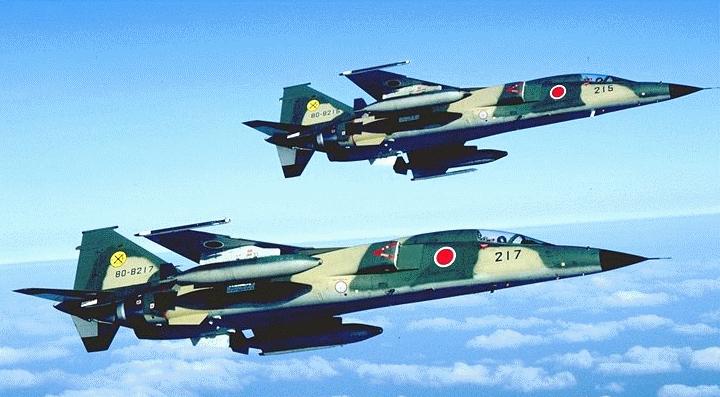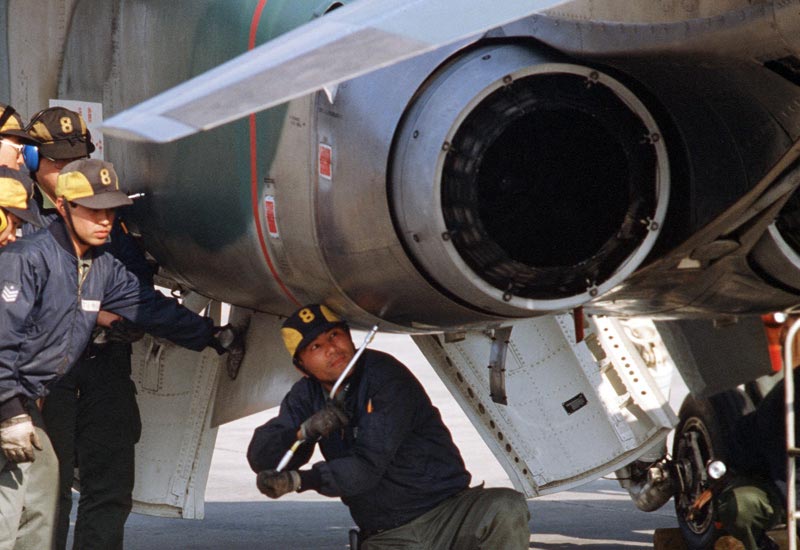The Mitsubishi F-1 never saw combat action. It was replaced by the F-2, as well as upgraded F-4EJ Kai Phantom IIs.

After World War II, Japan’s air power was mainly based on military aircraft of American origin. The Japanese defense industry was also rebuilt. The Japanese authorities aim to build a domestic aircraft with the same form and function as the European product. The result was the Mitsubishi F-1, a swept-wing, single-seat, twin-engine supersonic strike aircraft. It was Japan’s first domestically designed and manufactured jointly by Mitsubishi Heavy Industries and Fuji Heavy Industries. A total of 77 F-1s were built between 1977 and 1987.

It is essentially a T-2 trainer airframe modified for a dedicated anti-ship and ground attack role. The exterior design of the F-1 is similar to the Sepecat Jaguar fighter jet. The F-1’s maiden flight took place in June 1975. It was in service with the Japan Air Self-Defense Force from 1978 to 2006.
The new aircraft was a minimum change derivative of the T-2, with the rear cockpit being converted to an avionics bay by removing the rear seat, and replacing the canopy with a simple unglazed access hatch. Two additional hardpoints were fitted under the wing to allow carriage of a heavier weapon load, and the avionics were improved, with a new J/AWG-12 radar set, similar to the AN/AWG-12 fitted in British Royal Air Force F-4M Phantom fighter jets.

The F-1 is armed with a 20mm JM61A1 Vulcan 6 barrelled Gatling cannon in the front fuselage section to fire munitions at the rate of 6,000 rounds per minute. The aircraft has seven hardpoints: four under the wings, one under the centreline pylon station and two wing tip missile rails. It can carry up to 2,721kg payload.
The primary weapon of the F-1 is the ASM-1 and the newer ASM-2 long-range anti-ship missile. This weapon is roughly in the class of the American AGM-84 Harpoon or French AM.39 Exocet. Other weapons carried include the all-aspect short-range heat-seeking AIM-9 Sidewinder air-to-air missile for air-to-air combat. This weapon is carried on the wingtip rails usually, but it can also be carried on the outboard underwing hardpoints for the F-1’s secondary air defense role. Other air-to-ground weapons include rocket pods as well as bombs.

The F-1 is powered by two Ishikawa-Harima TF40-801A turbofan engines, each rated at 22.8kN of dry thrust, and 35.6kN with afterburner. The engine is a licence-built version of Adour Mk801 which is a variant of the Turbomeca Adour engine. The F-1 can climb at a rate of 118m per second. Its maximum speed is 1,700km per hour. The combat radius and ferry range of the aircraft are 556km and 2,870km, respectively. Its service ceiling is 15,240m.
The plane never saw combat action. It was replaced by the F-2, as well as upgraded F-4EJ Kai Phantom IIs.
Soucre: military-wiki.com





